A visit to Yogyakarta wouldn’t be complete without seeing the temples. Temples, or “Candi,” are ancient structures used for worship by Hindus and Buddhists, remnants of the past.
As a city rich in history and culture, Yogyakarta is home to many temples and ancient sites that continue to be explored. If you are interested in history, culture, and mythology, visiting Prambanan Temple, one of the largest Hindu temples in Indonesia, is a must.
Join me on a journey through time, as we explore how people of the past built such a magnificent and artistic temple. I’ll also guide you on how to get there, ticket prices, other performances, and tips to help you enjoy your time in Yogyakarta.
A Brief History
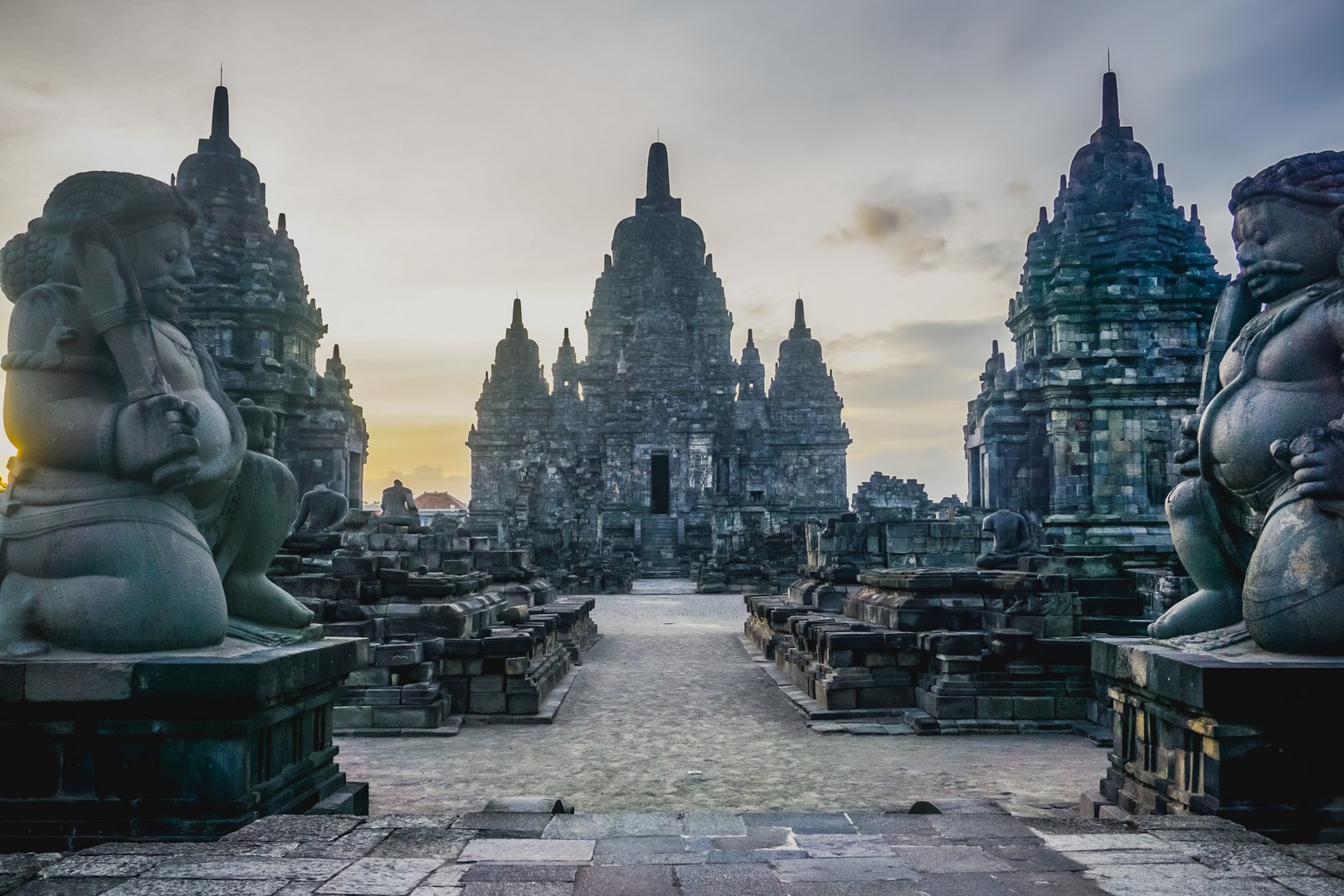
Prambanan Temple is a UNESCO World Heritage Site and one of the largest Hindu (Shaiva) temple complexes in Southeast Asia. Located in Klaten, east of Yogyakarta, the temple is believed to have been built in the 9th century AD by King Rai Pikatan.
The temple is dedicated to the Trimurti, the three main gods of Hinduism: Brahma, Vishnu, and Shiva. Based on the Siwagrha inscription, the original name of the temple complex was Siwagrha (Sanskrit for “House of Shiva”), and in the main hall of the temple stands a three-meter-tall statue of Shiva, reflecting the Shaiva sect’s devotion to the deity.
The Prambanan complex consists of several large temples and hundreds of smaller ones surrounding it. This is why Prambanan is also known as the Temple of a Thousand, or Roro Jonggrang Temple—a legendary story from Java about a woman cursed into a statue by her powerful suitor, Bandung Bondowoso, to complete the last temple. To this day, the statue of Roro Jonggrang remains in one of the large temples.
Not only does the site feature exotic architecture, but you can also see carvings that depict the life and legends of the Ramayana on the temple walls.
Yogyakarta is full of attractions you shouldn’t miss. Check out our recommendations in Yogyakarta: Most Popular Tourist Attractions and Practical Tips
Tourist Attractions Related to Prambanan
Main Temples
The Prambanan Temple complex offers a series of stunning buildings, each more impressive than the last. There are several major temples dedicated to the Hindu trinity: Shiva Mahadeva Temple (the main temple), Brahma Temple (the god of creation), and Vishnu Temple (the god of preservation).

You’ll also find statues of the gods in each temple, varying in size. Additionally, the reliefs tell stories of the gods and the life of the people. At the entrance of the temple, there are Dwarapala statues—giant guardian statues symbolizing protection. It’s a good idea to hire a guide to help you fully understand the historical stories behind these magnificent structures.
Basic Informations:
- Temple Tour: Every day from 6:30 AM to 5:00 PM
- Ticket Price: IDR 240,000 – IDR 400,000 (approximately 15.83 USD – 26.38 USD)
- Official Account: Prambanan temple has many performances or events, so you can visit their Instagram accounts.
Ramayana Ballet
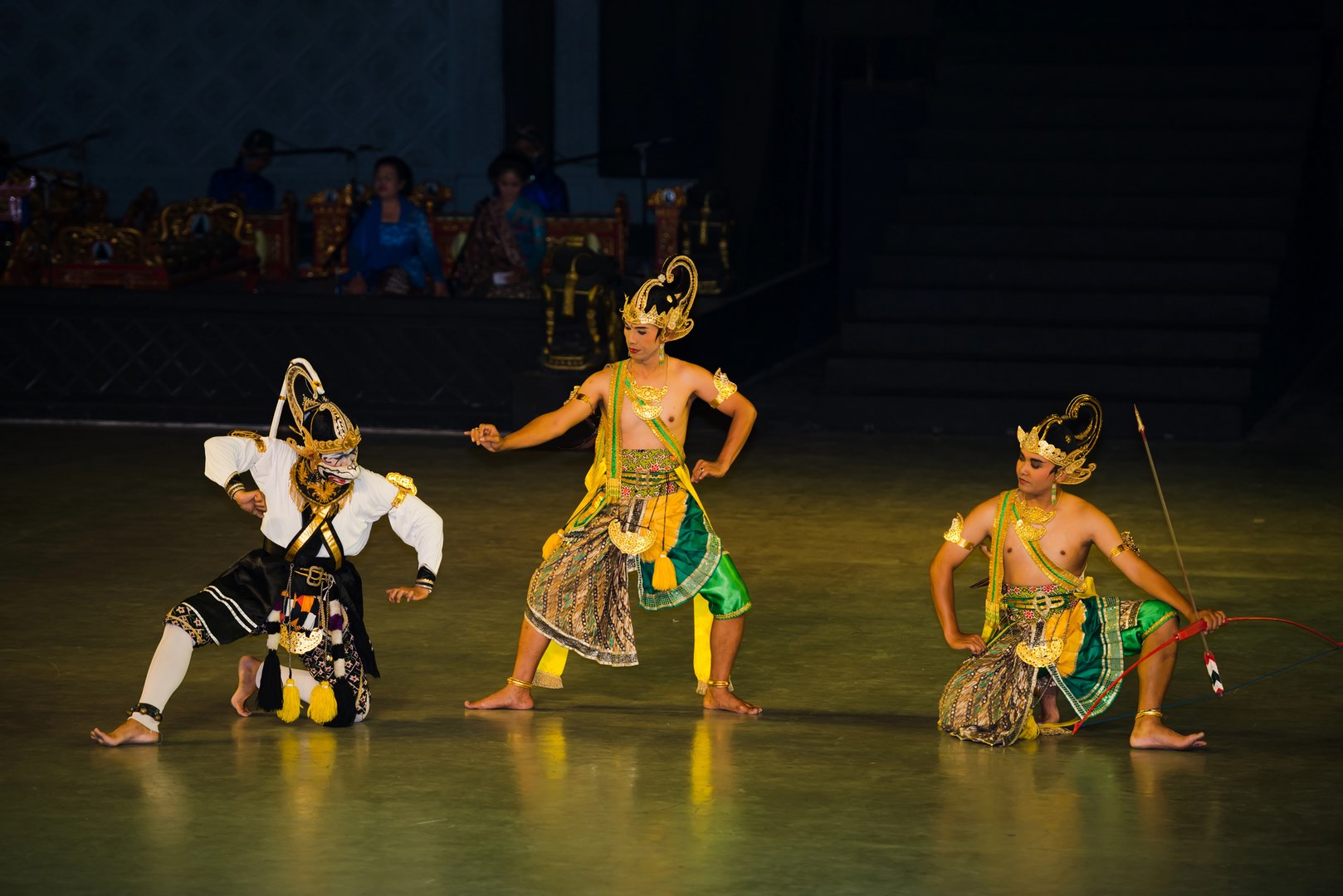
The Ramayana Ballet is a dance performance that tells the love story of Rama (Vishnu) and Sita (Goddess Lakshmi). Rama tries to rescue Sita from her abduction by Ravana, aided by his army and Hanuman (the White Monkey God).
This classical dance is very popular with two types of performance stages, indoor and outdoor. If It’s better to choose an outdoor stage, where you’ll see the show with the Prambanan Temple complex as the backdrop. The performance takes place in the evening, so if you want to see the Ramayana Ballet, it’s best to visit the temple in the late afternoon.

To watch the ballet, it’s better to book your ticket online via Tiket.com, although tickets are available at the box office. Booking online ensures you won’t miss out if they sell out.
Basic Informations:
- Performance Schedule: Tuesday, Thursday, Saturday; performances start at 7:30 PM
- Ticket Price:
- Indoor: Special IDR 300,000 (USD) Free Soft Drink, Class I IDR 200,000 (USD), Class II IDR 150,000
- Outdoor: VIP IDR 450,000 (USD) Snack & Tea/Coffee, Special IDR 300,000 (USD) Free Soft Drink, Class I IDR 200,000 (USD), Class II IDR 150,000
- Official Account: You can visit their official account to find out more about the Ramayana ballet and other performances.
Shinta Obong
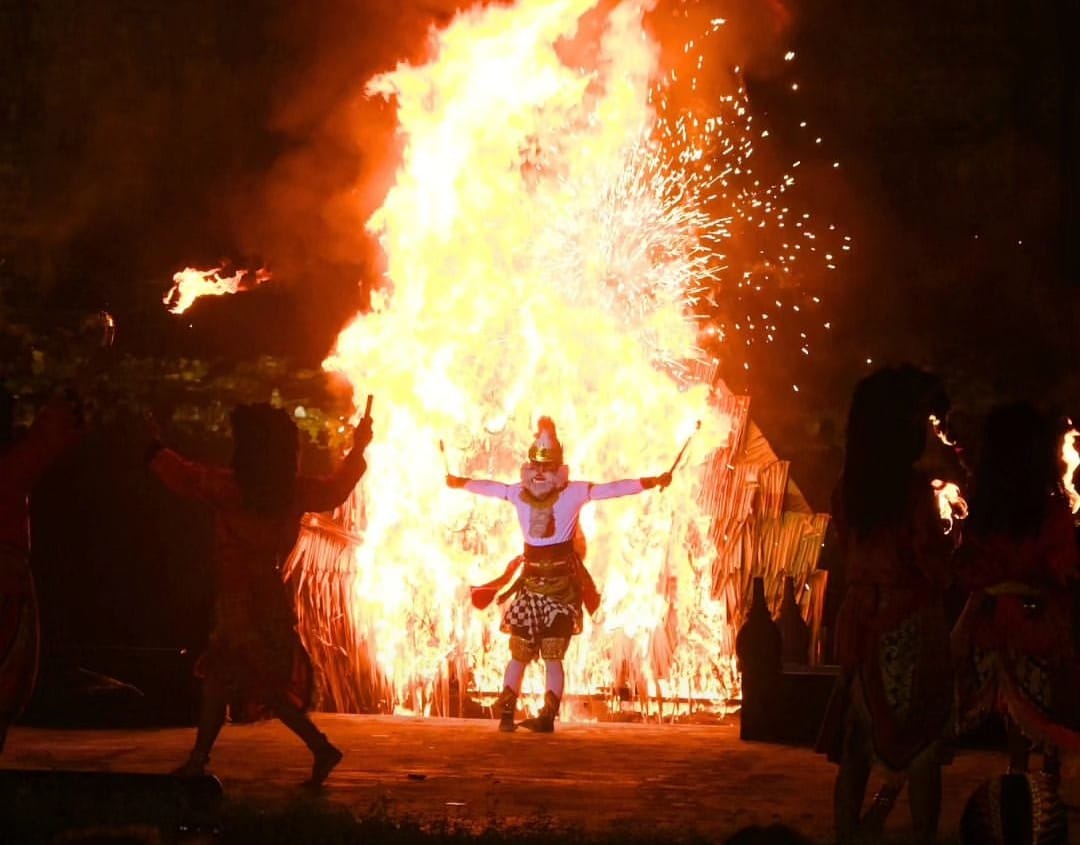
Shinta Obong is a colossal dance performance with various fire dance attractions. This story is the other side of the Ramayana story, about Shinta’s courage to show her loyalty to Rama, and willing to throw herself into the big fire.
This show is only available on Friday nights, and you can watch this epic fire show with Prambanan Temple as a backdrop.
Not only that, you can also enjoy a free dinner with an exotic view of the temple. You will have an amazing experience while watching this show.
Basic Informations:
- Performance Schedule: Every Friday Start from 5:30 PM
- Ticket Price: Outdoor: Flat IDR 300,000 (USD) Include dinner
The Legend Of Roro Jonggrang
The Legend of Roro Jonggrang is a performance based on folklore. It tells the story of Bandung Bondowoso who fell in love with Roro Jonggrang (a princess of the king of Prambanan). Roro Jonggrang who knows that Bandung Bondowoso has killed her father, then she finds a way to trick him into rejecting her love by giving him the condition of building 1000 temples in one night.
Long story short he almost finished the temple, but Roro Jonggrang had tricked him and Bandung Bondowoso became angry, so he turned Roro Jonggrang into stone.
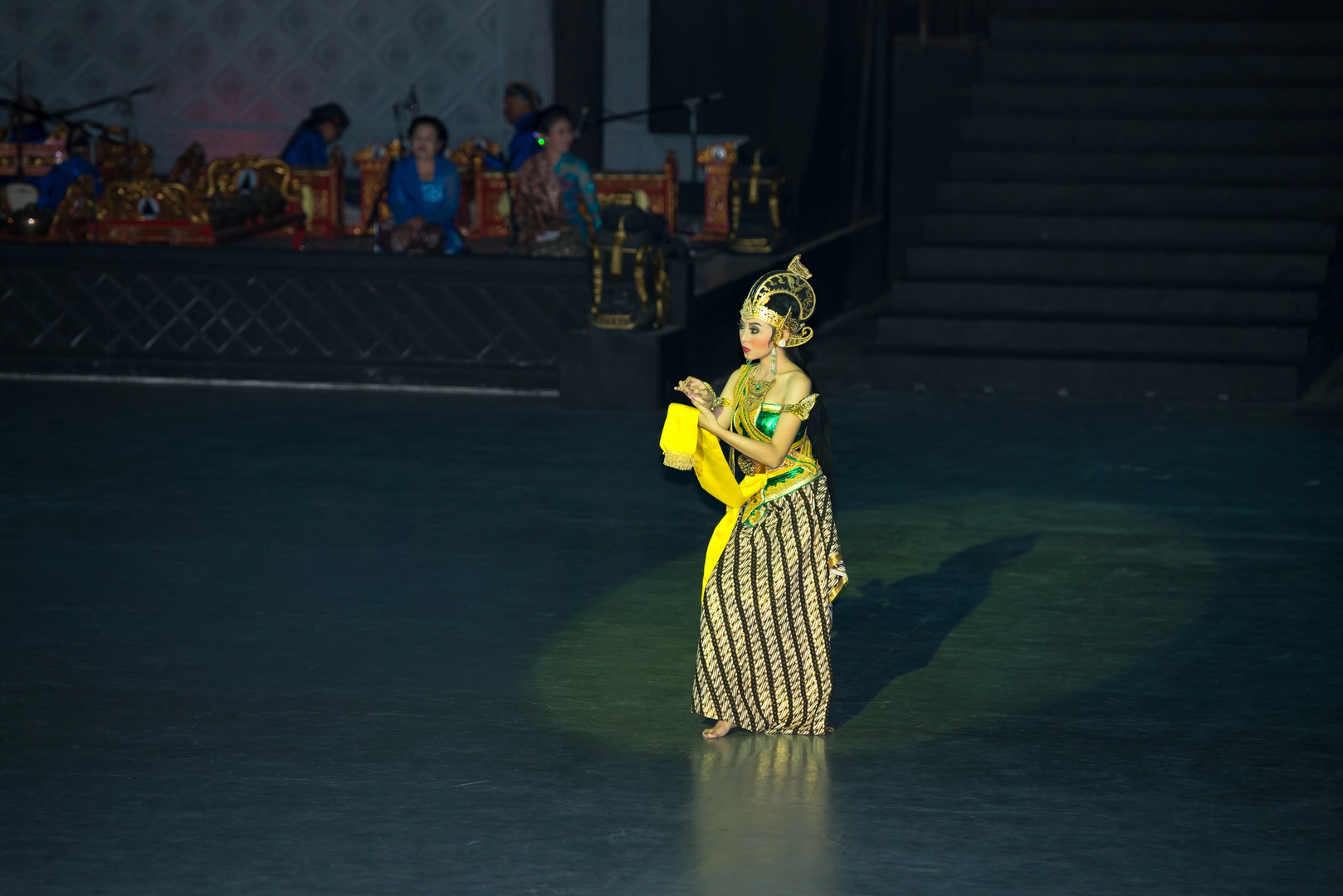
This story is closely related to the myth of the construction of Prambanan Temple, which is also referred to as Candi Seribu. The show is performed every Friday at the Trimurti Indoor theater.
Basic Informations:
- Performance Schedule: Every Friday Start from 7:30 PM
- Ticket Price: Special: IDR 250.000 (USD 16.49) Soft Drink, Class I: IDR 150.000 (USD 9.89), Class II: IDR 100,000 (USD 6.59)
You can check more schedule performance in 2024 below:


How To Book Online Ticket
For booking tickets to enter Prambanan or to dance performances you can book tickets online. if you want to see colossal dance performances, you should book tickets online because they will sell out quickly.
I will give you some websites that sell tickets online and how to book:
Traveloka
Traveloka provides an easy service to book tickets for all dance performances and entrance tickets, and you can only book Shinta Obong performances through this website.
How to order:
- Visit traveloka web then ‘click’ more, after that select ‘attractions’
- Type in the search field ‘Shinta Obong at Prambanan’
- Choose the date, then click ‘choose ticket’
- Choose Preferred Time, then click book now, and pay
Tiket.com
Tiket.com sells entrance tickets to Prambanan Temple and shows. Although it does not sell tickets for the Shinta Obong performance, Tiket.com offers a 100% refund guarantee with insurance.
How to order:
- Visit the website ‘tiket.com’
- Enter ‘Prambanan’ in the search bar, and various activity options will appear.
- Click on the one you want, then select the ticket, and a date selection will appear.
- Click buy, then make the payment according to the available methods you can use.
Call Center
Another way to book tickets, you can call the Call Center, they will help you to find available tickets or more information about events and performances.
You can find the Call Center number on their official Instagram accounts bio or just send a DM, and they will answer your message.
How to Get There
Prambanan Temple is located about 17 kilometers east of Yogyakarta. You can reach the temple by:
- Taxi or Grab or Gojek: This is the most convenient option.
- Public transportation: Take a bus like Trans Jogja to Prambanan Bus Station.
- Guided tours: Some travelers may prefer guided tours with pick-up and drop-off services, often combining visits to both Borobudur and Prambanan. Before booking, make sure to check reviews and what is included, as entrance tickets are often not part of the package.
These are some of the popular and reliable tours:
Tips for Visiting Prambanan Temple
- Wear Comfortable Shoes: The temple complex is large, so it’s essential to have comfortable footwear.
- Bring a Hat and Sunscreen: Protect yourself from the sun, especially during peak hours.
- Respect Local Culture: Dress modestly and avoid touching the statues or structures.
- Consider a Guided Tour: A guide can provide valuable insights into the temple’s history and cultural significance.
- Best time, Avoid coming during school holidays around June-July as many children go on field trips. Their trip also includes a visit to Ramayana Ballet so tickets are usually sold out for them.
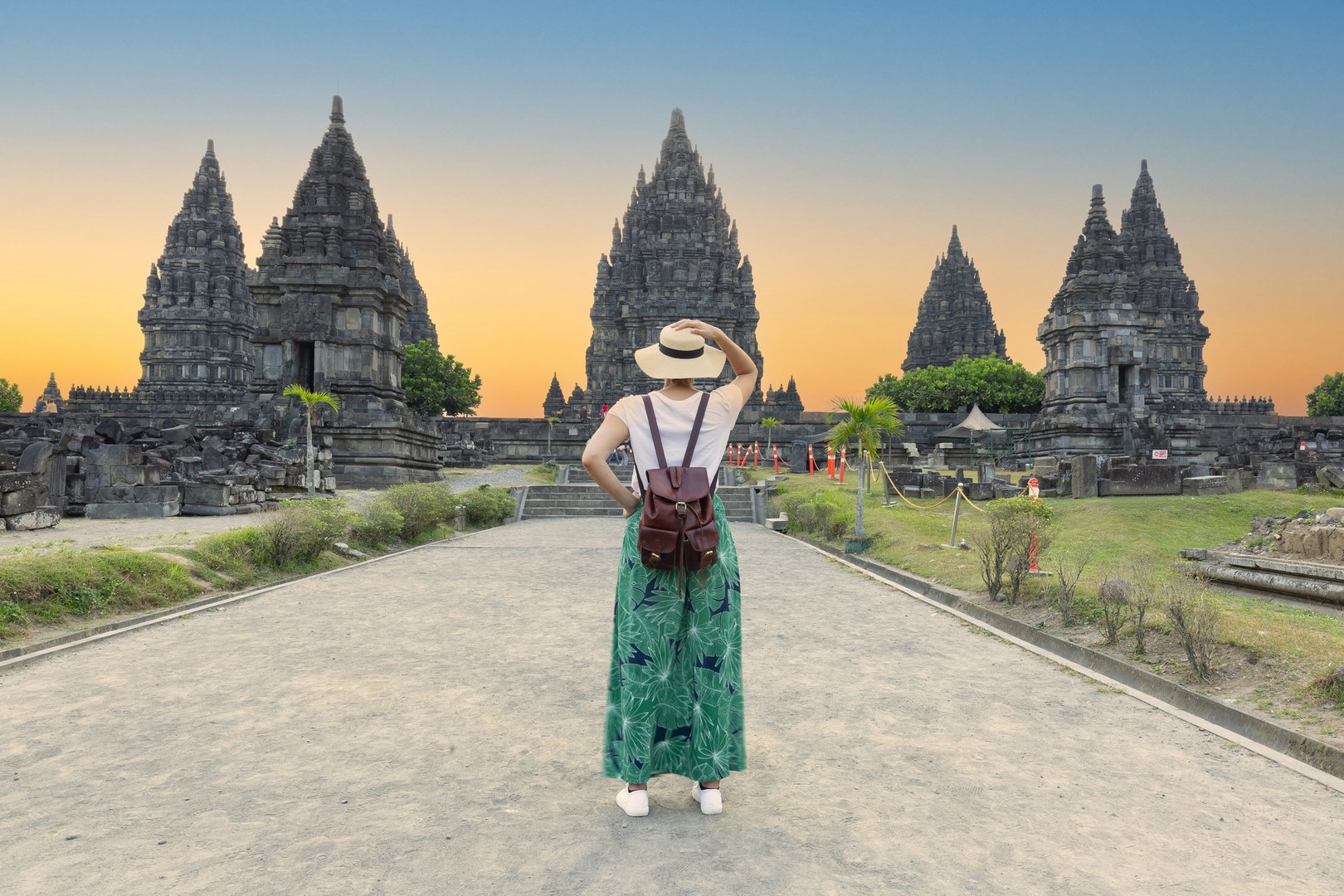
With its majestic architecture, rich history, and cultural importance, Prambanan Temple is a must-visit destination for anyone traveling to Indonesia.
Planning to visit Borobudur as well? Read Borobudur Temple Guide: A Wonder of the World from Indonesia.
